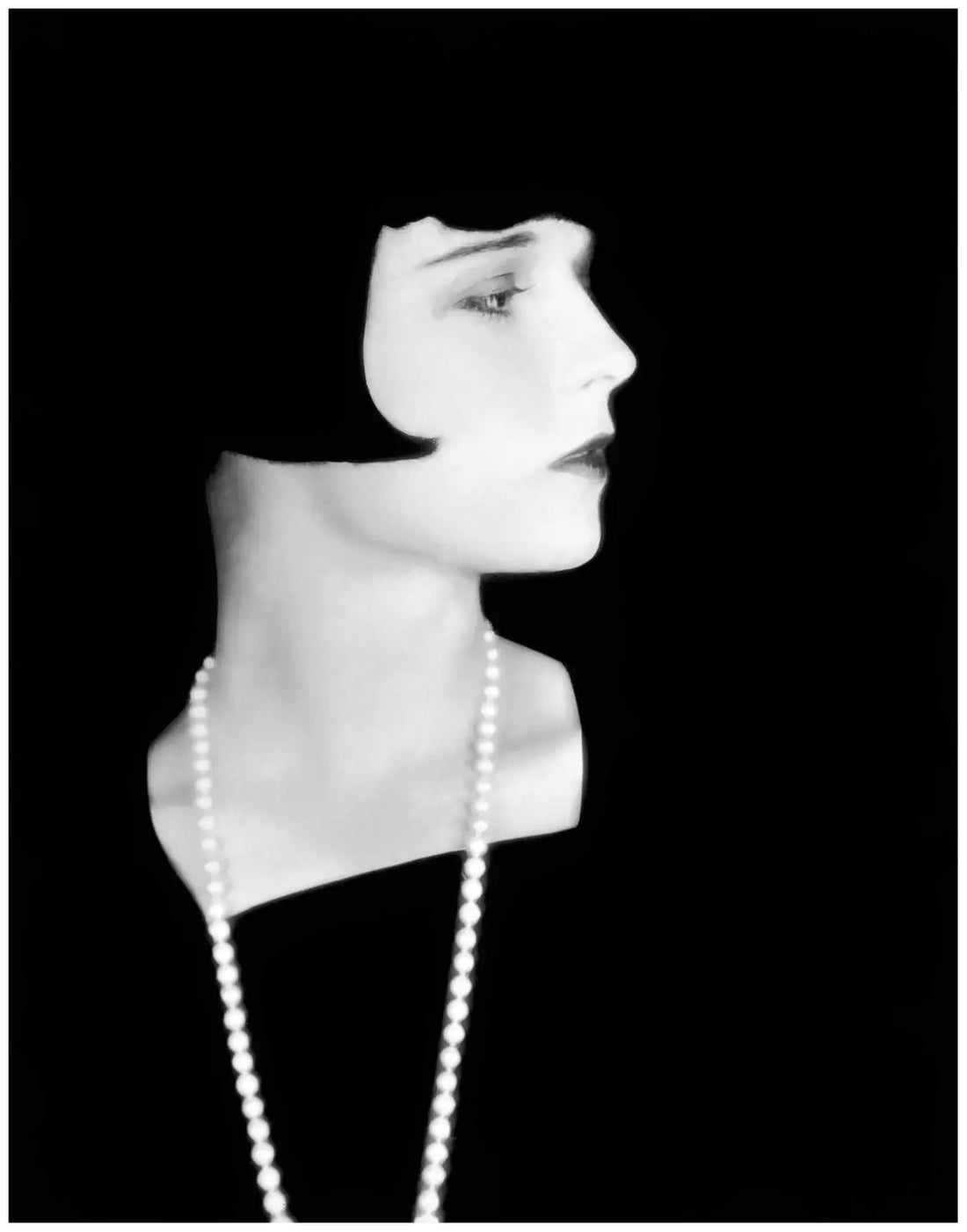
The flapper revolution: challenging norms and liberating women.
La bizarre SusuShare
100 years ago, in the 1920s, a revolutionary movement known as the flappers arose, which had a significant impact on the society of the time and on the history of fashion and women's liberation. These women challenged the traditional ideals of beauty and clothing, breaking barriers and marking a before and after in the way women perceived themselves and were perceived by society.
The emergence of flappers was closely linked to the historical context of the time. After the end of World War I, society underwent a significant change. Social liberalism gained ground, and the desire for freedom and change began to resonate with society at large. Women, in particular, found themselves limited in their rights and freedoms, and were expected to adhere to established gender norms and roles.
In this context, flappers emerged as a movement that sought to challenge existing social norms and break free from macho oppression. These women rejected traditional standards of beauty and fashion, opting for a bold and liberated lifestyle. One of the first and most notable changes they adopted was to abandon the corset, a restrictive garment symbolic of female oppression. Instead, they opted for more comfortable, loose-fitting clothing that allowed them to move easily and express themselves freely.
The physical appearance of the flappers also defied the norms of the time. Their dresses were shorter than was considered appropriate at the time, which was a revolutionary act in itself. These women challenged the norms of modesty and femininity by showing more skin than expected. Their hairstyles were also shorter and more modern, in contrast to the long, elaborate hairstyles that were popular until then. This change in the physical appearance of women reflected their desire to break free from the restrictions and expectations imposed by society.
In addition to fashion, flappers embraced a lifestyle that defied the social conventions of the time. They smoked cigarettes, drank alcohol, and participated in activities considered inappropriate for women at the time. They played sports like golf and tennis, challenging the idea that women should limit themselves to domestic activities. In addition, they frequented nightclubs where jazz was heard, an unconventional music at the time, which was considered music associated with marginalized and stigmatized social groups . These women not only enjoyed these activities, but also saw them as a way to express their independence and defy the restrictions imposed by society.
The behavior and vocabulary of the flappers also moved away from the established. They adopted a more direct and liberated language and manners, which was criticized by conservative society.
Many times, flappers were labeled and stigmatized as "hookers" or immoral women due to their lifestyle and defiant attitude. However, these women were not intimidated by negative stereotypes and proudly defended their rights, freedoms and the way they dress, behave and act. His courage and determination set a precedent in the history of fashion and in many other walks of life in general.
Flappers were a symbol of women's liberation and represented a significant change in the perception of women in society. Her bold attitude and rejection of established norms challenged traditional ideas about femininity and female conduct. Through their lifestyle and the way they dress, they demonstrated that women could be independent, self-confident and capable of making their own decisions.
The flapper movement also had a lasting impact on fashion. His influences spilled over into the fashion industry, where designers began to create more comfortable and functional garments, as opposed to the form-fitting, restrictive clothing that was prevalent at the time. Shorter dresses and looser styles became a popular trend, with women taking a more relaxed and practical approach to their daily dressing.
In addition, flappers opened the way for women to participate in a variety of social and cultural arenas that were previously closed to them. Her involvement in nightlife, music and entertainment, as well as the world of work and politics, laid the foundation for future advances in women's rights.
The flappers were a revolutionary movement that challenged the social norms established in the 1920s. Through their audacious lifestyle, their way of dressing and their defiant attitude, these women marked a before and after in the history of fashion and women's liberation. Their courage and determination to live up to their own convictions have left a lasting legacy in society and tried to pave the way for future generations of women seeking equality and freedom.
